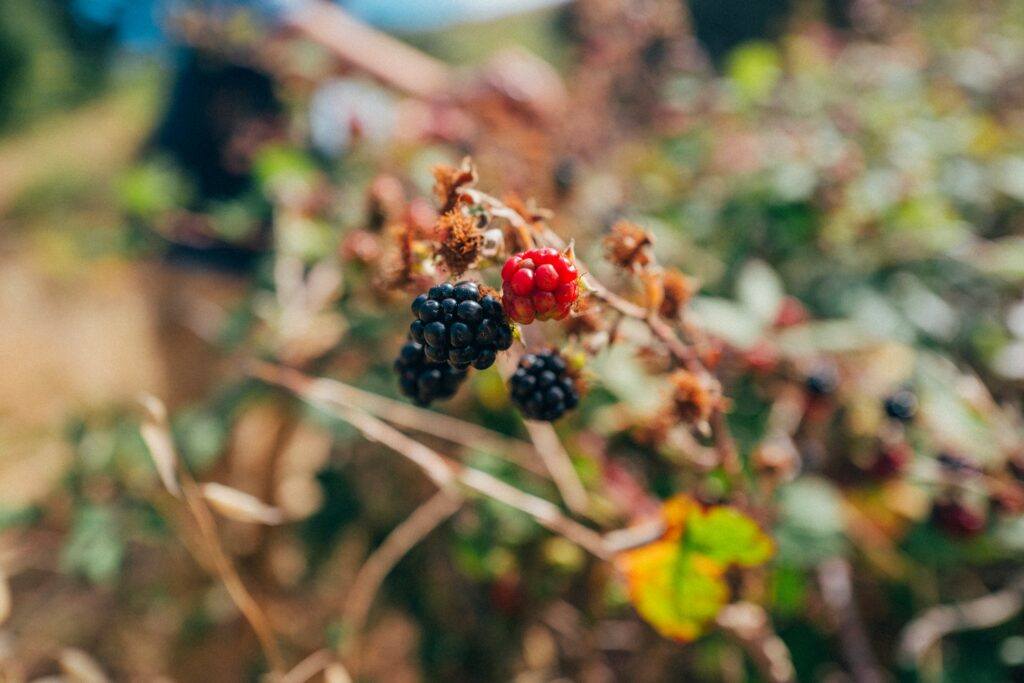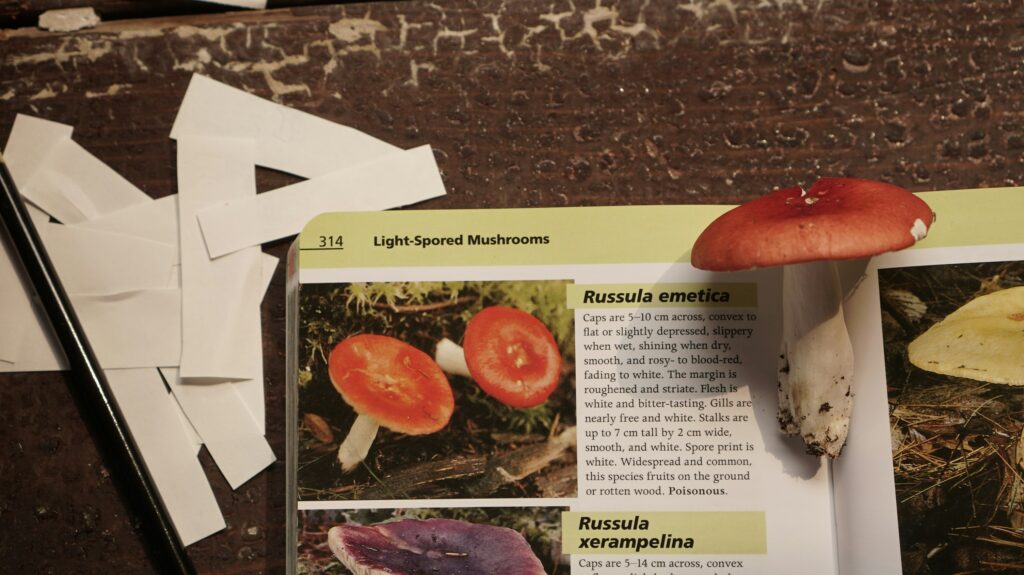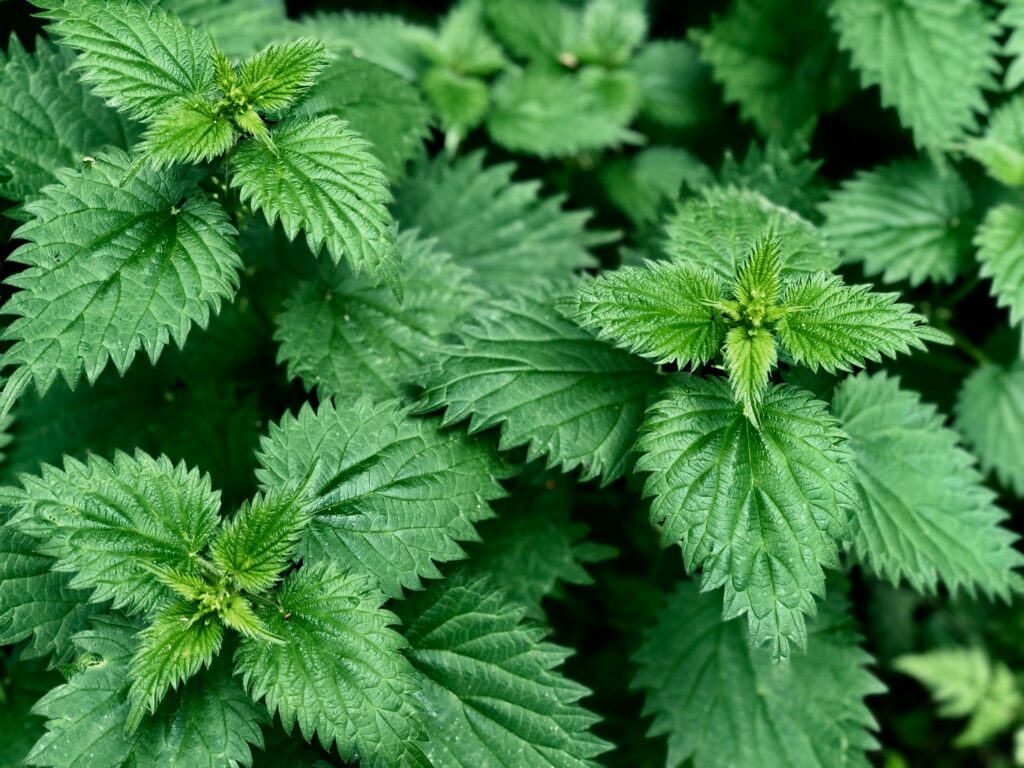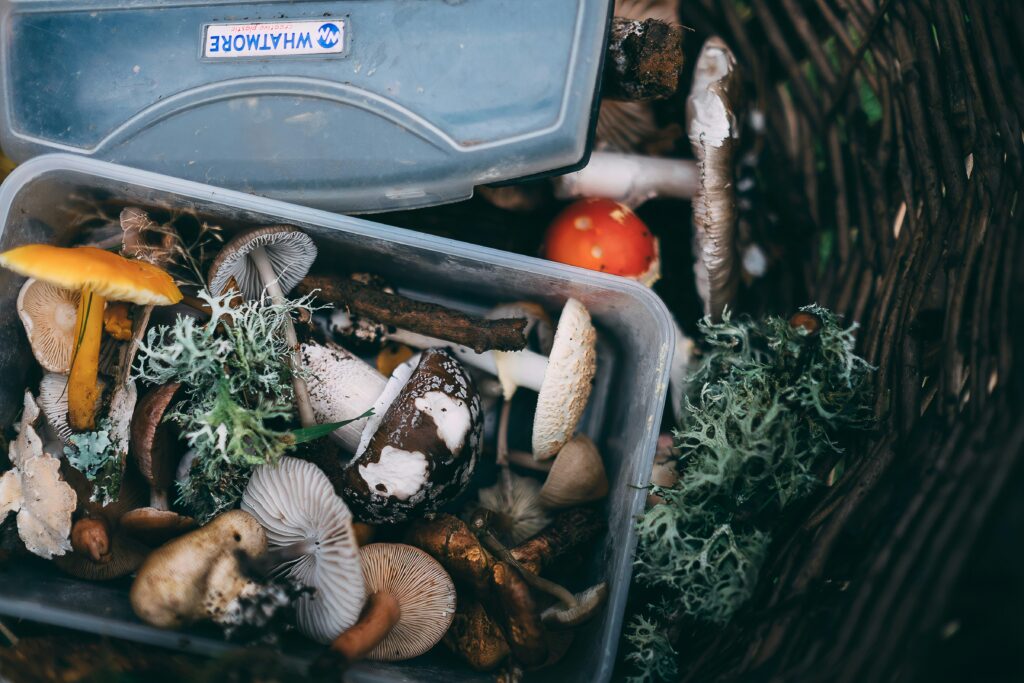
The Delight of Foraging
Spring is the perfect time to forage on your land! Read more to learn about some of the best plants to forage, as well as tips and ticks.
By Denise Thornton
“If you have ever picked and eaten a blackberry, then you are already a forager,” says Chris Gavin. “You just need to know more plants if you want to do more.” There is indeed a lot more on the menu out in the wild, and Gavin, an avid hunter-gatherer and Master Naturalist shares some tips on how to enjoy Wisconsin’s wild bounty safely and sustainably, from ramps to garlic mustard.

“Ramps are a famous wild edible, but you need to be careful about how much you harvest. It is a spring ephemeral and a native plant. When I am harvesting ramps from a new patch, and I don’t know how good the growing conditions are there, I don’t take more than ten percent,” says Gavin. You can learn more about ramps in a video from the Wisconsin Mycological Society complete with a cooking demo.
On the other end of the availability spectrum, you’ll find garlic mustard. “I always encourage people to weed them and reap,” says Gavin. The Nature Conservancy has a fact-filled website on this invasive but tasty plant, which can add zest to dips, sauces, salads, and stir-fries when harvested early. Garlic mustard has been eaten in Europe and the U.S. for decades, but to be on the safe side, they recommend limiting oneself to no more than two dishes a week.
Gavin adds, “The first time you are trying any wild food, always make sure you are 100 percent positive on your ID, and eat just a little bit of it a first. You are eating a plant that you may never have had before, and you should be cautious about any possible allergic reaction.”
Other common invasive plants that are edible in spring include burdock and wild parsnip. “Spring is a great time for biennial roots that started growing last year,” says Gavin. “Burdock roots are good because most people can identify burdock. It looks like rhubarb growing in the woods. You want to collect burdock before they send out their flower stalk. After that point they are not storing energy in the root.”

determine if a plant is poisonous (like this mushroom above)
Gavin harvests wild parsnip roots and greens, but warns, “You don’t want to get the plant sap on your skin on a sunny day. That can result in a photo-contact dermatitis, a reaction that occurs when sun exposure causes the active ingredients in the plant to seriously irritate your skin.” He adds, “You can also eat the greens. People ask, how I keep my mouth from blistering. It’s easy. I just don’t walk around with my mouth open toward the sun. Forager Chef provides more information on harvesting and cooking wild parsnip safely.
Another wild plant that is edible, but potentially hostile, is stinging nettle. According to the National Institutes of Health Library of Medicine, stinging nettle contains calcium, iron, protein, phosphorus, and vitamins A and C. Diabetics, heart disease patients, and people with high blood pressure can all benefit from it. The tender young leaves and shoots are cooked much like any other leafy vegetable. When harvesting nettle greens, just collect the highest shoots and top green leaves.

“Obviously, care has to be taken with stinging nettle,” says Gavin. “If I am harvesting nettles, I will wear a glove on one hand and hold a scissors with the other, clip them, and throw them into a big basket. They lose their sting if you cook or dry them.”
Another edible wild plant that Gavin suggests that is also is easy to find and identify is day lily. They are a popular staple in Asian cuisine. According to an article in a PBS publication,, “Every part of the day lily plant is edible: you can pluck the young shoots, boil the tubers like potatoes, or spruce up your salads with its bright orange petals. According to the article’s author, the best part is turning the flower buds into fritters.
Many wild plants need to be harvested sparingly to keep from decimating them. “I don’t harvest a lot of spring beauty plants,” says Gavin, “because I seldom find a patch large enough to harvest more than a few. Learn more about how to identify and eat spring beauty, a plant that both Native Americans and European settlers relished at this Indiana Native Plants site
On the other end of the scarcity spectrum, Gavin notes, “There are not a lot of greens that I recommend you fill a salad bowl with, but basswood leaves are definitely one you can. When they are just coming out, they are really tender and delicious.” Learn more here.

Gavin is always foraging, even when he takes his kids to the playground. “Almost everywhere I go, I carry a little pocket knife, and I take two canvas bags tucked into a pocket. I’d like to say that I carry two bags because when one gets totally full of morel mushrooms, I can use the other as back up, but typically I am putting things I know are edible in one bag, and the other is for things I am not sure about and want to look up when I get home. Then I won’t get them mixed up. A little garden trowel is good if you are uncomfortable with your ID and want to dig up a couple of roots.”
“Foraging in the summer time I carry a blickey — an old vinegar jug with the top cut off but not the handle. I carabiner that to my belt. That is so much better than the classic ice cream bucket. I made the switch about 15 years ago. I was carrying freshly-picked berries in a little bucket, and I spilled it — right onto deer scat. I swore, never again! It’s a must-have for berry season. It also works really well for mushrooms, that can also get crushed. A blickey doesn’t breathe very well, so I wouldn’t leave food in there for more than an hour or two, but I’ve put all sorts of things in mine before — everything from acorns, to berries, to nuts.”
“It’s a special experience when I go foraging,” Gavin concluded. “ I feel like a member of the biotic community. I’m constantly learning. That’s what makes this journey so much fun, and that’s why I love sharing it.”
Gavin is scheduled to lead classes on foraging at the following places this spring.
- Folklore Village https://folklorevillage.org/folk-school/
- Wisconsin Natural Resources Foundation https://www.wisconservation.org
- Three Waters Reserve https://threewatersreserve.com
- The Great Lakes Foragers Gathering June 13-16 in southern Michigan
- Midwest Wild Harvest Festival September 13-15 Near Prairie du Chien, Wisconsin
